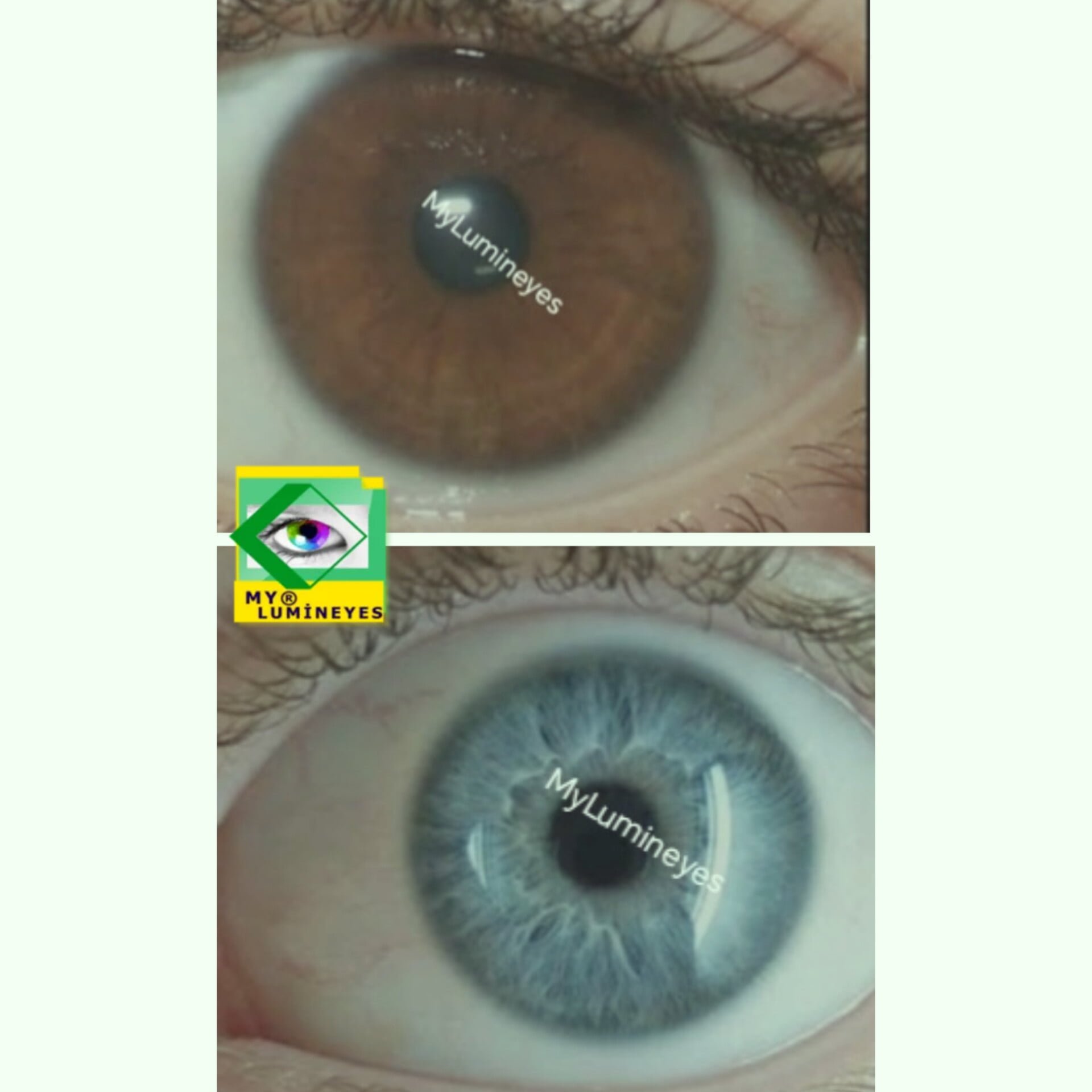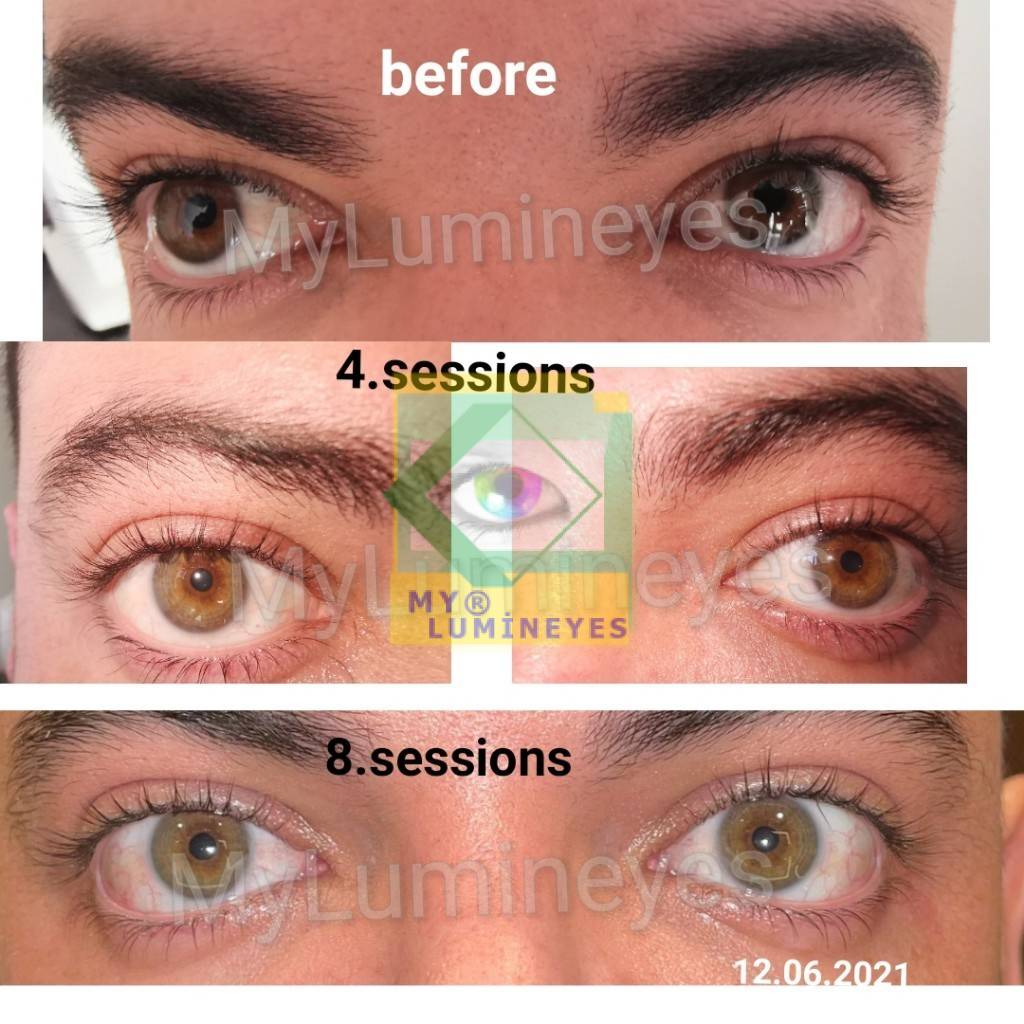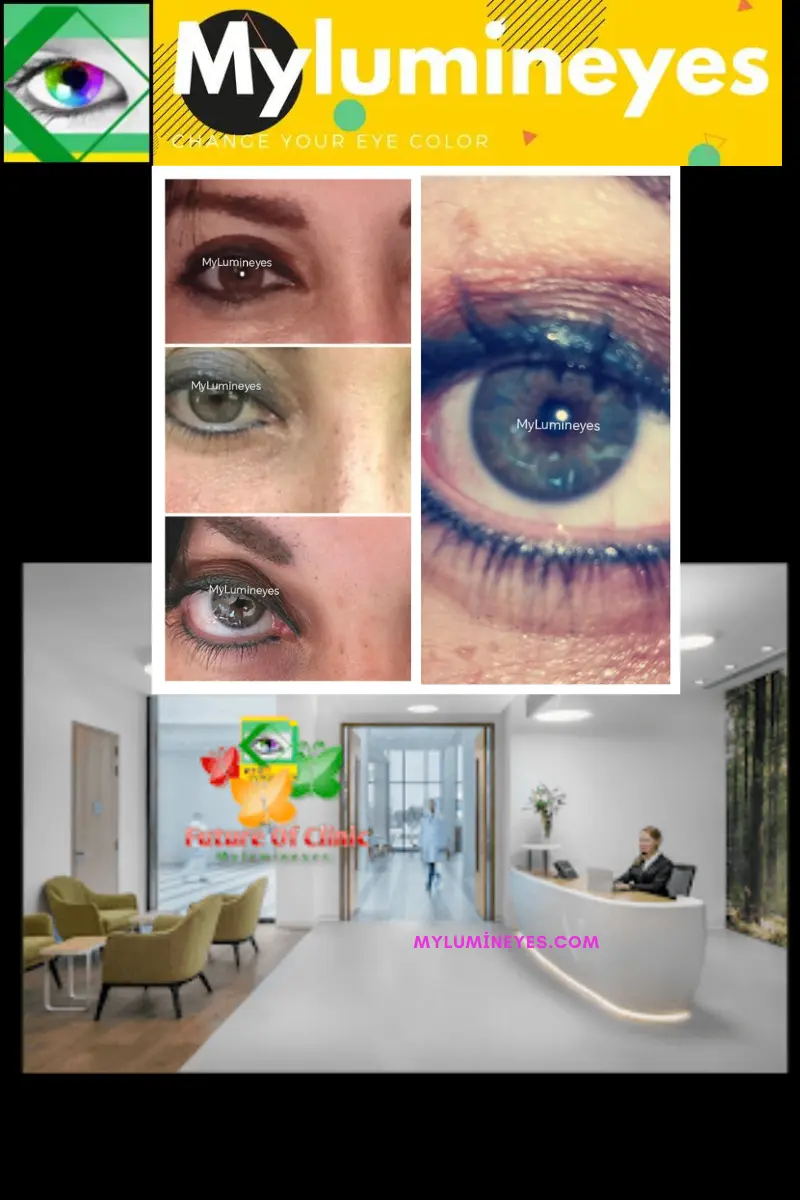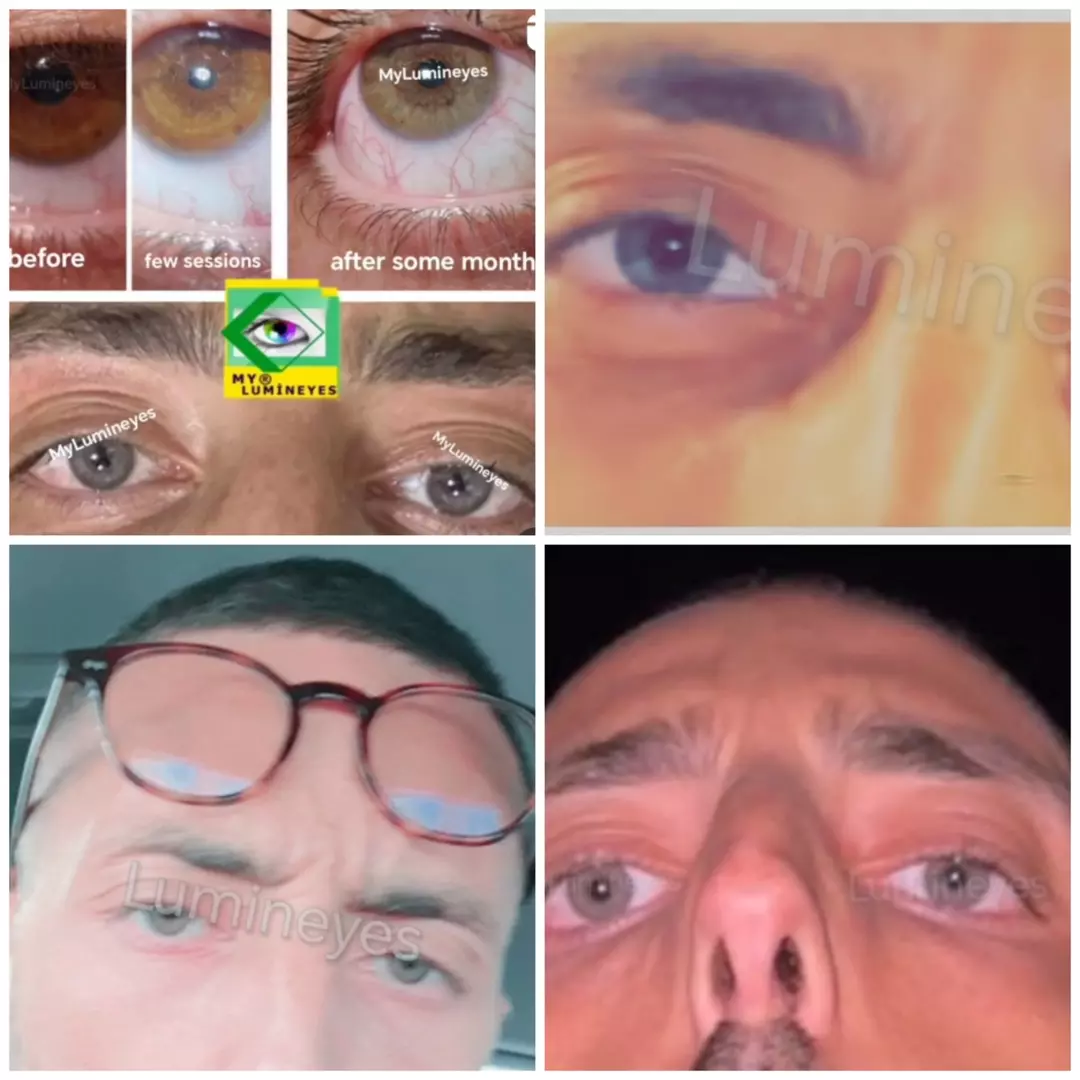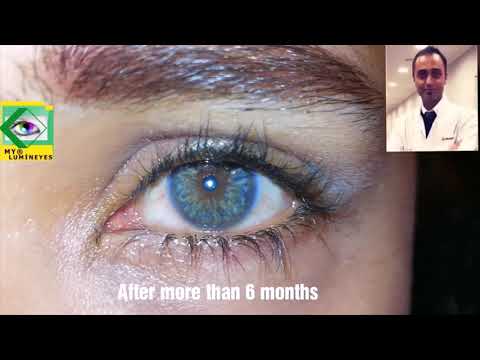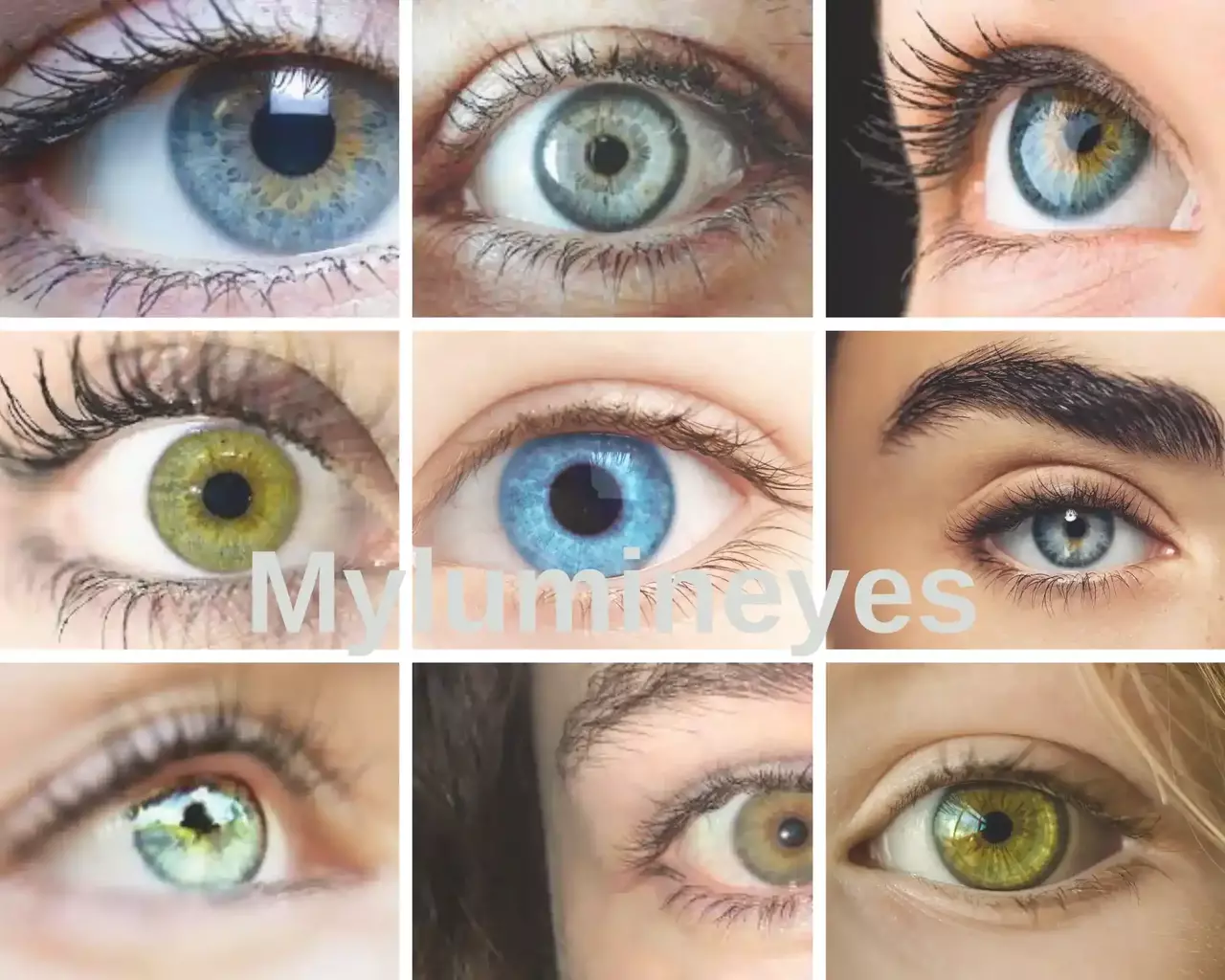Eye Color Changing Drops: Drops that change eye color
Do eye-color-changing drops really work? Eye drops are liquids used to treat a variety of eye issues, such as amblyopia, glaucoma, keratitis, and allergic responses. There are many different types and brands of eye drops available, both prescription and non-prescription. However, regardless of whatever drop you choose, the manner in which you employ it is critical. If drops are not stored and delivered properly, it will be ineffective and may even lead to more serious diseases.
We’d like to write another article about eye color changing drops because we get this question a lot.
It’s sometimes disputed if eye-color-changing drops work all that well. Can eye drops actually change the color of your eyes? Or is this just a gimmick for the marketing department? The common belief is that Latisse eye drops grow eyelashes and brighten eye color. In fact, Latisse makes eyelashes darker and longer.
Some eye drops can change the color of your eyes, but most of the time they are used to treat eye diseases like glaucoma.
Prostaglandin analogs are medicines that can make your eyes darker, but it’s not a good idea to change your eye color. If you only use these drops in one eye, the color may not be even. You can fix this with colored contacts or surgery to change your eye color. Dr. Mete said that people who want to change the color of their eyes shouldn’t use eye drops because there is no proof that they can do so.
A lot of goods on the market say that eye drops can change the color of your eyes.
Most of the time, these drops have a whitening agent in them, like hydrogen peroxide or some medicines, that can change the way your skin looks for a short time. Important to remember that these goods have not been fully tested for safety or usefulness, and they have not been given permission by any medical or regulatory group to be used in this way. There are also risks that come with changing your natural eye color, such as allergic responses, damage to the eyes, and loss of vision. Before using any product that promises to change your eye color with drops, consult an eye doctor to ensure your safety and avoid any complications.
Eye color changing drops contains “Hydrogen peroxide”
The hydrogen peroxide solution functions as an oxidizing agent and has the ability to corrode skin, eyes, and other bodily tissues. Hydrogen peroxide undergoes a chemical reaction with Melanin pigments, resulting in the conversion of the pigments into a product that lacks color. Melanin is present in hair, skin, and eyes.
Hydrogen peroxide (H2O2) is commonly employed as a hair bleach to lighten its color by affecting the pigment known as melanin. The conversion of melanin into a colorless chemical using hydrogen peroxide (H2O2) has been the subject of numerous studies, including the one I have cited. Furthermore, there are commercially available compounds that have the potential to accomplish this effect on hair.
The question is why it is not feasible to accomplish the same effect with eyes by utilizing extremely attenuated h2o2 for an extended period of time.
These drops, which are claimed to change eye color, contain hydrogen peroxide, which is an acidic and toxic substance to the cornea. This thesis is supported by the manufacturers of droplets who assert that honey contains a high concentration of hydrogen peroxide and can also be used as an eye drop. This assertion is rather intriguing. However, honey has a deleterious and noxious influence on the cornea, which will lead to permanent visual impairment.
Hydrogen peroxide is a toxic agent for eyes
Hydrogen peroxide (H2O2) is a clear, white liquid that is commonly used to clean and oxidize objects. Furthermore, because of its potent germicidal characteristics, hydrogen peroxide is employed in a broad variety of applications. Hydrogen peroxide is a popular choice for household cleaning products because it is great at getting rid of stains and germs on a wide range of surfaces.
Be careful, because it could hurt or damage the skin. Hydrogen peroxide is a chemical that can quickly and effectively take oxygen out of water. You can use this chemical very effectively in alot of different situations.
So how can eye-color-changing drops be effective?
They will not alter the pigmentation of your eyes. None of the ingredients on the list will affect that particular kind. The prostaglandin analogues used to treat glaucoma are the only drops that consistently have that effect. This is seen as an adverse reaction of the medication and is frequently undesirable.
- Prostaglandins can also stimulate lash development in certain individuals, and pharmaceutical firms have attempted to utilize this effect as a therapy for baldness, but with minimal success, as far as I understand.
- Furthermore, eye color changing drops have the potential to cause orbital fat atrophy, which is a rare but dangerous disorder that can impair vision.
- However, This does not happen at all; on the contrary, when the cornea begins to deteriorate, a difference in eye color occurs.
- These have no beneficial effects and may potentially cause irritation to your eyes.
- For now, to change eye color via eye color-changing drops is just a utopia! Surprisingly, we are currently evaluating an active substance; if it can be found effective and safe as an eye color-changing drop, we will share the information with you.
Latisse Eye Drop can change eye color?
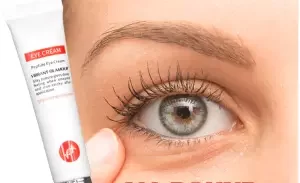
Eye drops of the prostaglandin analogues class of drugs may change the color of your eyes. Similar prostaglandins are Lumigan, Xalatan, and Travatan. They are all drops acting as anti-glaucoma. Because it helps to stimulate eyelash growth, bimatoprost, the main ingredient of Lumigan, is also referred to as Latisse Eye Drop.
Drops that change eye color are bad for this group.
They mostly work to make eyelashes longer.As a well reported adverse effect of their use in the treatment of glaucoma, prostaglandin analogs like bimatoprost and latanoprost have been shown to cause changes in eye color.
This phenomenon happens because these drugs stimulate the iris’s melanogenesis, or the process by which pigment is produced. In particular, prostaglandins increase the number of melanocytes in the iris, which are cells that produce melanin. This causes the color of the eye to gradually darken over time. If a patient intends to begin taking a prostaglandin analog, their physician should discuss the potential for iris darkening.
It is more probable that prostaglandin analogs will increase the awareness and influence of individuals with paler irises. It is imperative to monitor any modifications in the patient’s color perception while they are taking medication to ensure that they comprehend and are satisfied with their vision therapy.
These drops won’t change the color of your eyes.
Because prostaglandin analogs can change the color of your eyes (make them darker), you should be careful when using the eye drops in just one eye. If the color of one eye changes, the patient can choose between two different eye colors. If just one eye requires a prostaglandin analog and the color of the other eye has changed, the person’s eye color can be fixed using a colored contact lens or laser eye color change surgery.
Eye drops containing prostaglandin analogs can induce pigment cells in the iris to produce more pigment.
A person with light-colored eyes, such as blue eye color or green eyes, will see their eyes get darker as a result of the high concentration of pigments.
An example of X-name balm applied to the area beneath the eye, rather than directly to the eye, functions by ‘inhibiting the development of pigmentation,’ resulting in a gradual change in the color of your eyes. Since this product never comes into close contact with your eyes, our eye cream is the safest approach to adjusting your eye color. We have already told you about the contents of the drops that can change the color of the eyes. Of course, it seems unlikely that the substances they contain will cause such a change.
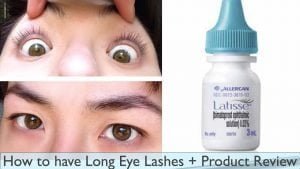
Experts in the field of vision, however, warned it wouldn’t work. There is no topical drop that can cause eye color to change from brown to blue.
How long should the intervals be between eye drops?
If you are using more than one drop, wait at least 5 minutes between drops. By this way, the first eye drop will be easier to absorb.
Is it true that eye drops mix with blood?
Yes, this is true, but this event occurs due to the road. The tear duct, a narrow tube, carries the drops you put into your eyes into the nasal cavity. They mix with the blood through the nose and spread throughout the body.
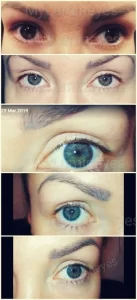
How should you follow up after using eye drops?
Eye drops are ophthalmologists’ most often used therapeutic technique. Regular usage will increase your chances of recovery. This is particularly true for serious disorders such dry eye, uveitis, and glaucoma (high blood pressure).
If you have a prescription for high eye pressure, you can buy eye drops from the pharmacy, but if you do not use them correctly, they will do more harm than good. Therefore, people with eye diseases need to learn how to use eye drops correctly, even though it may seem like an easy thing to do.
Another concern is foods that are advertised as being able to brighten the eyes, but this is also untrue. Here’s the list:
There is no scientific evidence to back up the belief that a particular food may change eye color. Though your diet can impact your overall health, including your eyes, no one meal or food combination can change the color of your eyes. The foods we consume can have an impact on our eye health by providing essential elements such as antioxidants, vitamins, and minerals that help our eyes function properly and prevent disorders such as macular degeneration and cataracts. However, the color of the iris is unaffected by these nutrients.
- Tea made from bear grapes.
- Bearberry tea is said to affect the color of your eyes and the size of your pupils.
- Honey
- Fish
- Chamomile Tea
- Onion
- Hazelnut
- Red Meat

